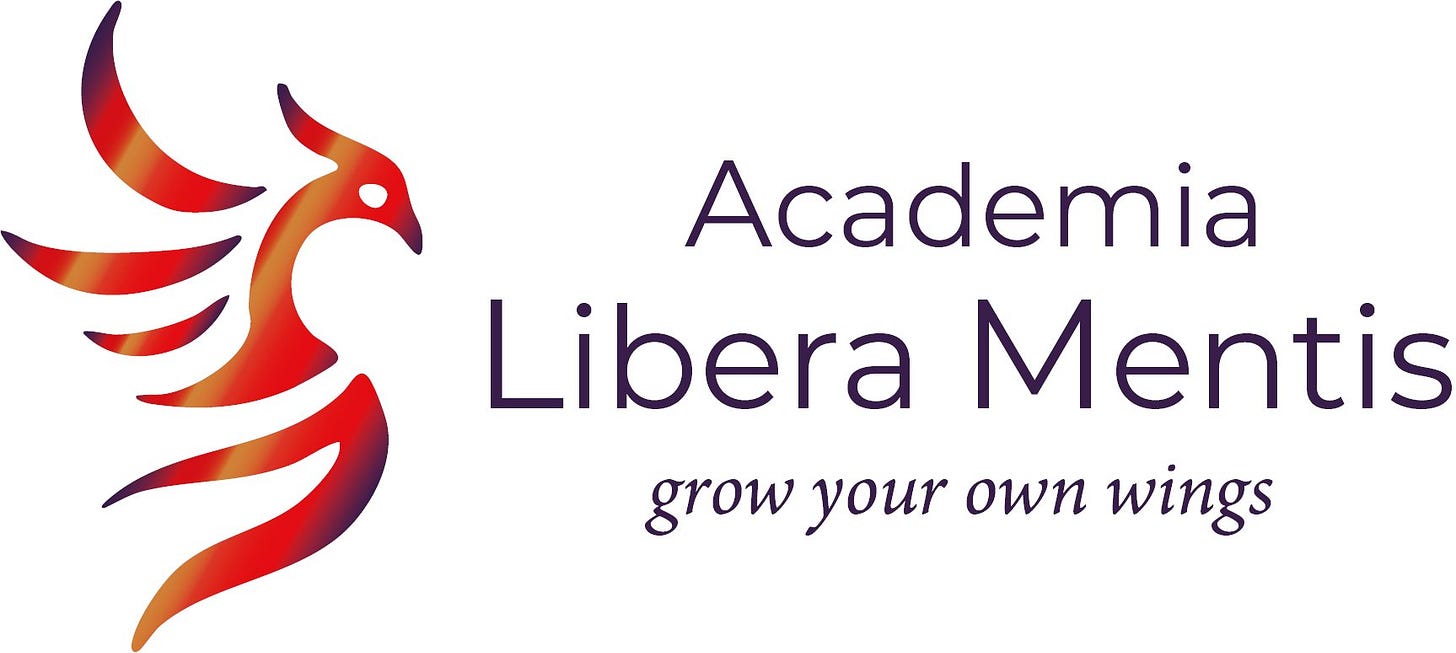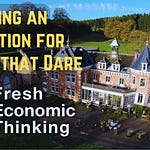Paul Frijters runs Academia Libera Mentis from a castle in Belgium. After a distinguished academic career in Australia and Europe, he is creating an academic oasis in the Ardennes for thinking, learning and growing.
I’ve written before about this project.
Today, we reflect on five years of the corona panic debacle, the economic and social fallout we are still experiencing, and what we could have known early on but refused to collectively acknowledge due to the madness of crowds.
We discuss in detail the enormous cost to our lives of lockdowns, the fact that the low-risk nature of COVID was clear early on from things like the Diamond Princess event, and how to minimise panic in the future when the unexpected happens.
You can read the full story of my COVID experience in these two articles:
Unfortunately, here in my city of Brisbane, we are going through another panic and lockdown. We are so far a week into a “cyclone lockdown”.
There have been two days of school closures in a large part of the state, deferred hospital treatments, extra delays of construction work (beyond justified by the weather), and shortages at supermarkets (especially toilet paper, the preferred emergency ration).
It is okay to prepare for potential power losses and strong winds. But “potential” is a key word here. Why did we panic early rather than waiting for better information?
Conditional statements seem too advanced. Differential consideration of risks—based on location in this case, rather than age and health condition in the COVID case—seem too subtle. All I hear is that a risk is a risk, so stop complaining.
The craziest part is how much people love it.
Take action, any action. Will that action help? Who cares! It doesn’t matter. And I fear that the collective impulse that makes for a rich and functional society is exactly the impulse that drives this behaviour. What else will we do to be part of the crowd in the next emergency?
Paul predicted in 2022 that as a society we would learn that an instinct for such action has been nurtured and that new lockdowns would emerge.
Here are some of Paul’s early writings on COVID and the nature of the crowd reaction to it from 2020 and 2021 that we mentioned.
Here’s a March 2020 assessment of the sheer scale of the human cost of lockdowns, border closures and other policy choices.
Here’s an August 2020 prediction of a baby bust (with some hope of a small boom).
Here’s a 2021 explanation of how many physical policies probably led to more virus circulation rather than less.
And here are some of Paul’s predictions from the comments section of this article about the likely ways the NDIS will be rorted from back in 2016.
As always, please like, share, comment, and subscribe. Thanks for your support. Find Fresh Economic Thinking on YouTube, Spotify, and Apple Podcasts.















